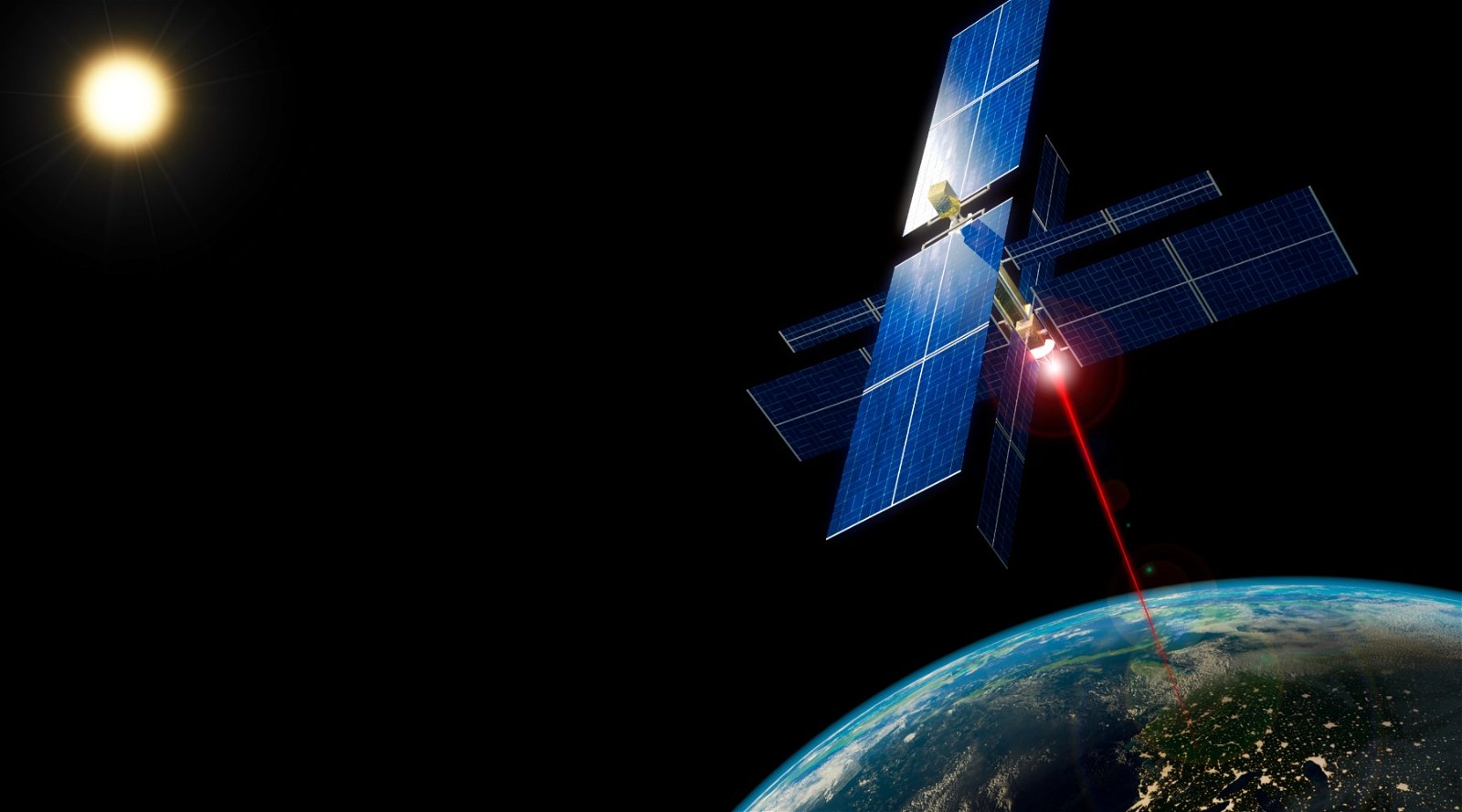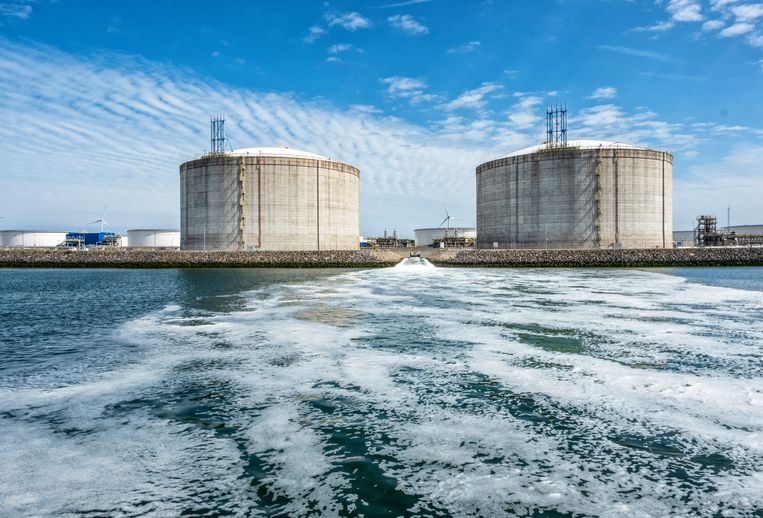The price difference between these two rates is usually not more than a few euros, and now it’s been around the differences of tens of euros for more than a week. The “spot price” – for gas delivered the next day – was around €100 per megawatt-hour on Tuesday, while the “next monthly price” fluctuated around €160.
The last time this spread expanded was last summer. At the time, Europe was struggling with dry rivers and reservoirs, which meant that coal, nuclear, and hydroelectric plants could not operate as quickly as expected. Gas-fired power plants were quick to adapt and unexpectedly had to purchase additional gas.
Now the price difference in the other direction and above all is much larger. The development is due to a combination of weather and policy to deal with gas shortages in Europe, says analyst Claes Dusman of The Hague trading firm Brainchild Commodity Intelligence. “It’s been blowing pretty hard the past few weeks, the sun was shining and it was warm. As a result, less gas was used than the energy companies expected.”
Usually, this excess gas is stored or resold. But the problem is that there is very little storage space at the moment. Dusman: “In the run-up to winter, gas storage facilities in Europe are quite full and a lot of gas is still coming in via ships. Therefore, there are still a few parties that still have room for gas that is not being used unexpectedly.”
Stocks are full
Although the official “fill season” ended on September 30, much of the gas was already still being stored in recent weeks. While stocks were completely empty at the start of spring, the average fill rate in the EU is now over 91 percent. It even reaches 100 percent in Belgium, in the Netherlands more than 93 percent and in Germany about 95 percent.
This presents a scenario in which the European gas system is suddenly completely “full”. But judging by the price of the “next monthly gas”, the market has not yet taken this into account. “This is due to the approach of cooler weather,” says Wattenfall market analyst Jet Jansen. “That is why you see that the market still sees €160 as the ‘logical’ price.
By the way, 160 euros is already much less than this summer’s price, almost half of the peak in August. Whether this gradual decline will continue, according to Janssen, will have to become clear in the coming months and depends mainly on how cold the weather is and how much less gas companies and households use. So that could give a quick price correction down. “But prices can suddenly go up again, if it’s unexpectedly cold or if there are new incidents, like Nord Stream recently.” Jansen therefore believes that it is too early to calculate what current prices in the wholesale market will mean for the rates consumers pay for their energy.

“Total coffee specialist. Hardcore reader. Incurable music scholar. Web guru. Freelance troublemaker. Problem solver. Travel trailblazer.”







More Stories
Customers can't believe their eyes at Albert Heijn's brochure: now dozens of free products
“The bankruptcy of family businesses makes me feel sad.”
Bitcoin transaction fees crash hard after bizarre halving spike